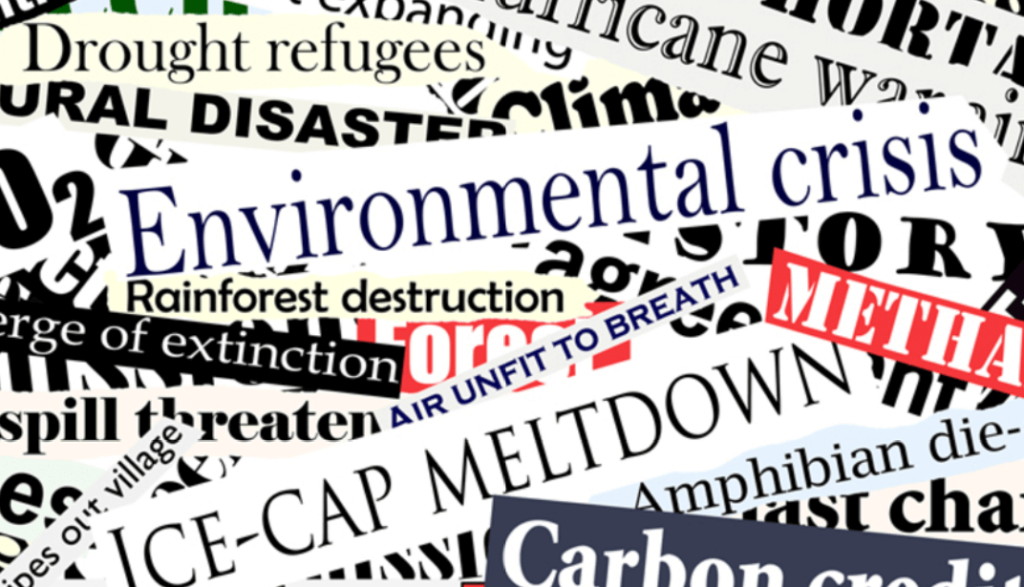Climate change has been called the greatest threat to global health in the 21st century. Yet, despite clear evidence that the Earth is warming, seas are rising, polar ice is retreating, and ocean chemistry is changing in ways that pose significant risks to human welfare, disagreement as to the causes of these changes continues to derail responsive action to prevent harm.
In his first few months in office, President Donald Trump has taken steps that environmentalists argue will significantly set back decades of work to improve water and air quality, limit climate action and alter the Environmental Protection Agency’s (EPA) core mission to protect human health and the environment. He has already eliminated a rule designed to protect streams from harmful mining wastes, directed the EPA to reconsider a rule that would significantly broaden the scope of waters subject to regulation under the Clean Water Act, stopped a requirement for the collection of data on methane emissions, and he has re-opened the permit application processes for the Dakota Access and Keystone XL pipeline projects. He also recently announced plans to significantly reduce the EPA’s budget.
The appointment of Scott Pruitt as administrator of the EPA reveals the president’s intent to drastically redefine the role of the EPA. As Oklahoma attorney general, Mr. Pruitt sued the EPA multiple times to overturn rules limiting air pollution, including rules that place limits on the amount of mercury, arsenic and other toxic pollutants emitted by power plants. President Trump recently tapped Senator James In hope to lead the process of restructuring the EPA, providing the nation’s most powerful climate skeptic who once claimed climate change is, “the greatest hoax ever perpetrated on the American people,” with the opportunity to fill key leadership positions within the EPA. Both individuals hold strong views on climate change that are at odds with mainstream science and peer-reviewed studies. These moves make it very likely that the Trump administration will reverse America’s course on climate action and work to eliminate regulations promulgated by the Obama administration to reduce greenhouse gas emissions.
President Trump recently announced his intent to roll back stringent fuel economy rules for cars and light trucks. It seems likely that the administration will also work to undo mercury and ozone pollution rules. But it is the Clean Power Plan (CPP) – the first ever national standards that address carbon pollution from power plants – that is currently in the president’s crosshairs. The CPP requires states to reduce greenhouse gas emissions from coal and gas fired power stations to 32 percent below 2005 levels by 2030.
The CPP was the centerpiece of the Obama administration’s climate action plan. That plan was immediately challenged in court by industry and states, which prompted the U.S. Supreme Court to issue a stay of the CPP in 2016. It now appears that President Trump will order his Cabinet to rewrite emissions standards for new and existing power plants, and instruct the attorney general to ask the court to hold the lawsuit in abeyance until the new regulations are completed. This change may undo the CPP, but it will not eliminate the EPA’s legal duty to regulate greenhouse gases. In Massachusetts v. EPA, the U.S. Supreme Court held that the EPA has both the statutory authority to regulate greenhouse gases under the Clean Air Act and the legal duty to do so if the EPA administrator finds that greenhouse gases endanger public health and welfare. That finding was made in 2009 and has been upheld several times. Thus, absent congressional action to amend the Clean Air Act, the Trump administration will be required to replace the CPP with a plan that is protective of human health and welfare.
President Trump has repeatedly expressed his disdain for the administrative state, and continues to take action to dismantle it. He recently ordered federal agencies to eliminate two existing regulations for each new regulation promulgated, and would like to eliminate 75 percent of existing regulations. This massive deregulation is necessary, he asserts, to limit overly burdensome impediments to economic growth. Yet, the order fails to address any benefits obtained from these regulations. From 1970 to 2015, as a result of regulations under the Clean Air Act, aggregate national emissions of six common pollutants alone dropped an average of 70 percent while gross domestic product grew by 246 percent to provide trillions of dollars in economic benefits. As renowned environmental law professor Robert Percival said recently during a speech at Florida Coastal School of Law, the United States “can have a healthy economy and strong environmental regulation that protects public health and welfare.” President Trump’s laudable goal of making America great again can only truly be realized by recognizing that the health of economies and ecosystems are interdependent. Eric V. Hull









